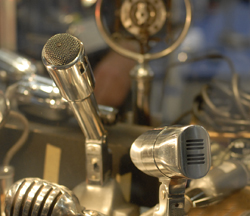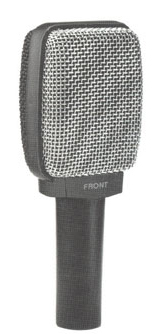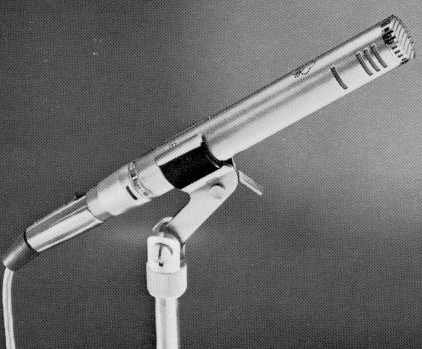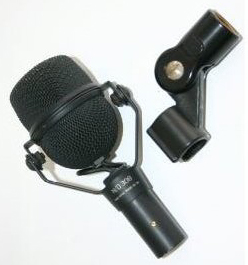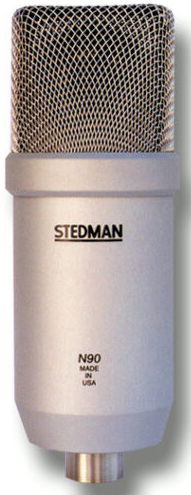There are advantages to getting older. Years of learning something new at every gig add up to that thing we call experience.
You remember how well the first Soundcraft console you ever used responded to your touch. You recall, despite its simple interface and lack of things to tweak, how great the reverb of a Lexicon PCM-60 sounded.
Another advantage to getting older is that the gear you lusted after as a youngster becomes affordable. The downside of this can be the making a purchase decision based on the romance of nostalgia.
Certain pieces of audio gear remain popular long after being discontinued, transforming into that romantic term “vintage.”
Depending upon how well it works and how rare it is, some gear goes up in value and actually can sell for more used than when it was new.
Sometimes the popularity of something on the used market is so great it catches the attention of manufacturers who either reissue the same model or introduce a new model that “sounds just like the old one.”
Witness various flavors of Neumann microphones and the Universal Audio LN-1176.
And a lot of older audio gear is still viable in today’s sound reinforcement world. Somewhere between the esoteric mega-buck audio salon and the trash heap, you can find things that, although decades old, still does the job.
Let’s start at the head of the signal chain by looking at some favorite older vintage microphones.
Sennheiser MD-409
Resurrected a while back as the e609, then re-resurrected as the e609 Silver at an even lower price, the MD-409 is still much in demand.
Incredibly versatile, it’s used for vocals, drums, horns, and is also a mic of choice for electric guitar cabinets.
The 409 commands good money on the used market, with prices over $300 for a single unit in good condition not uncommon.
Shure SM59
A real “sleeper” you can get for a song! Ruler-flat frequency response from 100 Hz to 10 kHz means this mic has no built-in “hype.”
This feature, along with relatively low output, probably contributed to its eventual demise, since it was marketed primarily as a vocal mic.
But these same features make it great for horns, guitar cabinets, and other places you might not want a SM57 “presence peak”.
Not terribly common, but as of a few years ago at least, they could be found for under $100.
AKG D224.
A mic with a very interesting technology, it has a pair of coaxially mounted diaphragms connected together via an electronic combining network.
Since AKG was able to optimize the diaphragms for their intended frequency ranges, the mic was said to “bring the sound of a condenser microphone to a dynamic”.
This design addressed the common problem of phantom power being unavailable in the field.
Electro-Voice N/D308
Part of the original N/DYM line that debuted about 20 years ago, the N/D308 cardioid is a great workhorse utility mic.
Its wider pattern is just the thing for splitting a pair of rack toms. The flat front of the yoke-mounted “tea egg” makes for easy visual identification.
Stedman N-90
I’ve been told these were “a side-address EV RE20.” When I contacted Stedman, they told me, “The capsule was supplied by EV, and built to our specifications.”
Not employing the EV “Variable-D” technology found in the RE20, the N-90 will have some good ol’ proximity effect.
A large-diaphragm dynamic, it’s great for low brass like baritone sax and trombone, or the low rotor of a Leslie if you’re lucky enough to get to do that sort of thing.
Get an N-90 and try it on snare bottom! (And thank me later!!)
AKG D12E.
A large-diaphragm dynamic designed for vocals that found it’s way inside kick drums and in front of brass.
Said to be the predecessor of the D 112, it doesn’t have the top end “click” of the egg-shaped AKG.
However, the D12E’s low end is, as some might say, “like buttah!” Useful in the popular two-mic kick drum technique, employed along with your favorite flavor boundary mic.
Easy to find, and not terribly expensive.
Dave Dermont has worked in professional audio for well over two decades and is a frequent contributor to ProSoundWeb and the LAB Forum.


